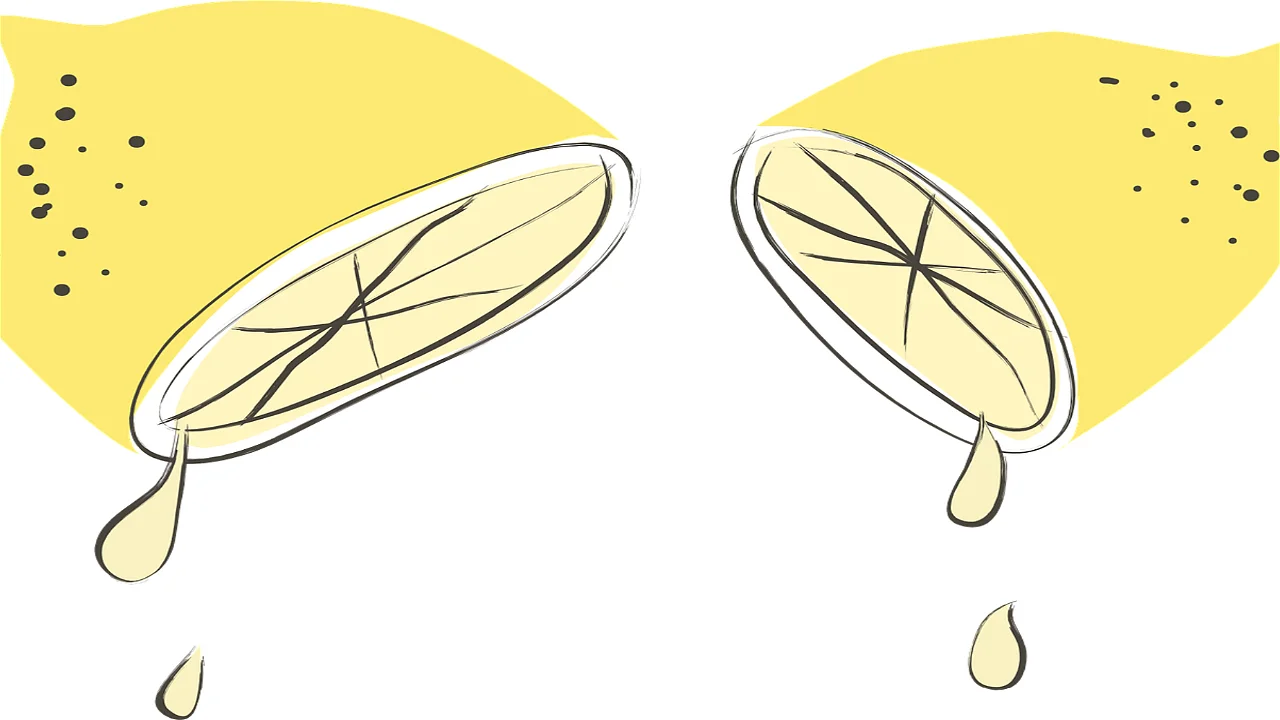
Lemon juice enemas can be carried out separately.
Natural, squeezed lemon juice is very acidic but acts within the body as a chemical base that can neutralize toxins in the liver and digestive system.
Lemon juice enema preparation and carrying out.
- Squeeze 1-2 fresh lemons and strain the juice using a fine sieve.
- Pour into a glass jag of filtered water at body temperature. (Add hot water for this)
- Add the squeezed lemon juice to the water and mix with a wooden spoon.
- A lemon enema can be made after a baking soda enema. However, it is recommended that it follow a coffee enema.
Lemon juice enemas have no significant side effects, and the risk of performing them is very low.
I used the enema accessories kit regularly in the past.

Enema accessories.
All enemas should be performed with clean water (preferably purified or boiled) at a body temperature of 37-40 Celsius (98.6- 104 Fahrenheit). Do not rely on your fingers—use a thermometer for liquids.
- Use a soft mattress, pillow, + cheap towels or blankets for lying on comfortably.
- If you do not have hooks at the proper height, you need to buy a standing coat (or hat) rack. (I use one.)
- A liquid thermometer is essential; you cannot rely on your fingers.
- Big glass jars. (Having two identical jars available will ease the preparation.)
- Bucket—The best buckets are made of stainless steel. They last for years and are not expensive. You can get one on Amazon for $40— $70.
- Silicon medical-grade tubing (1.8-2 meters) connects the bucket to the probe and the valve.
- Metal clamp to secure the silicone tube (and a screwdriver to tighten it)
- A fine mesh strainer. (For the coffee enema.)
- The silicone tubes sometimes have an inconvenient valve that is difficult for one person to handle. Therefore, I bought the European kit, which has much better valves and can be easily controlled by someone lying down and taking the enema.
- The lubricant is in a glass jar. (The best grease is coconut oil.)
Each type of therapeutic enema has its unique benefits:
Over the years, I have tried several other therapeutic enemas: Grapefruit seed oil enema, cocoa enemas, oregano oil enemas, black walnut extract, fresh lemon juice, and English salt enema. (Can be added to coffee enema) In this article, I review coffee enemas, baking soda enemas, lemon juice enemas, and probiotics of live bacteria enemas in detail.
- Coffee enemas remove toxins from the liver, restore bile flow, and rehabilitate the small and large intestines.
- Baking soda enemas - neutralize the intestines' acidity, replenishing the intestinal flora and strengthening the immune system.
- Lemon juice enemas - for rehabilitation of liver functions. It can neutralize the ammonia inside the liver. (Required mainly in situations of weak liver function)
- MMS - Master Mineral Solution enema. (Careful- it entails significant risks) Bleach-like material - for deep cleansing of the colon.
- Probiotics of live bacteria enemas are essential due to the loss of good bacteria that die during coffee enemas and thus need to be replenished. Gut flora has far-reaching consequences on our immune system, mood, weight, and nutrient absorbency. (Also available for drinking)
What is the recommended sequence for performing integrated enemas?
I recommend caution for those who try different sequences.
- A baking soda enema will always be first, as it neutralizes the digestive system's acidity and empties the leftovers' colon.
- An enema of probiotics of live bacteria will always be last so as not to wash out the good bacteria.
- Coffee enemas are usually performed before lemon enemas because the coffee enemas remove necrotic tissue, while the lemon enemas regenerate the liver after the effort involved in the coffee enemas.
- Those who perform MMS enemas (special care is required) must perform an enema of live probiotic bacteria immediately afterward.
Continue reading Therapeutic Enemas: Coffee, Baking Soda, Lemon, MMS, and Probiotics.

